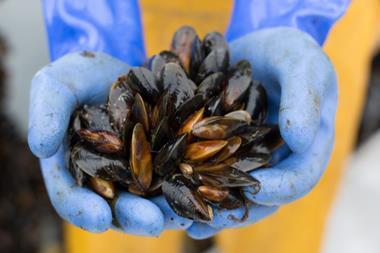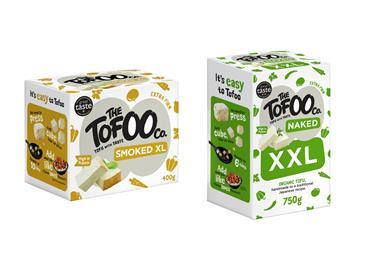
As concerns over climate change grow, the food and drink industry has been busy developing new food packaging materials to reduce the environmental impact of fossil-derived plastics. But it’s not always easy. Not only must must they ensure those new materials are safe for food contact, they must also provide adequate barrier properties to protect the packaged foodstuff from the external environment. For example, the use of modified atmosphere packaging to reduce microbial growth, to help food stay fresher for longer, requires that the packaging material acts as a barrier to the ingress of oxygen.
Perhaps less obvious is the need for the packaging material to act as a barrier to prevent the ingress of invertebrate pests, for example, insects and mites. The risk of pest infestation in packaged commodities is likely to vary according to several factors:
The nature and constituents of the product
Some foods are more prone to infestations than others. Insect pests generally prefer dried produce of plant origin, i.e. cereals, dried fruits, nuts, seeds, grains, flour and herbs. However, some mite species also like products with a high fat and protein content such as linseed, dried egg, ground nuts, cheese and ham.
The form of packaging
Packaging is usually tailored to fit the product and designed to last throughout its storage life. The integrity of the packaging and the materials used are important considerations in preventing infestations.
Storage conditions and length
The more suitable the conditions for pest development, the more likely the products are at risk. Pests will develop faster at higher temperatures and most infestations are due to prolonged storage under less than optimal warehouse conditions.
The product’s processing journey
A product can be infested at any stage, from the initial raw product to the finished goods and its transit and storage all the way to the customer’s cupboards.
Packaging requires integrity tests to ensure it can withstand these risks. Such tests are performed against ‘invading’ pests which gain entry through structural weaknesses or openings caused by mechanical damage or imperfect sealing. Examples of invading species include the red flour beetle (Tribolium castaneum), saw-toothed grain beetle (Oryzaephilus surinamensis), newly hatched moth larvae and mites.
‘Penetrating’ pests are capable of piercing, chewing or boring through most packaging materials including paper, foil and some polymer films. Penetrating species include the biscuit beetle (Stegobium paniceum), cigarette beetle (Lasioderma serricorne) and the large larvae moth species such as the Indian meal moth (Plodia interpunctella).
Therefore, the safety concerns for new materials being developed to replace fossil-derived plastics must be extended beyond the food contact safety and shelf-life considerations we have previously described in The Grocer, to include barrier properties to protect the packaged foodstuff from infestation.



















No comments yet